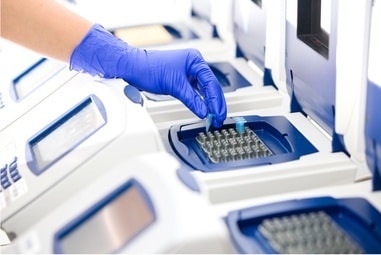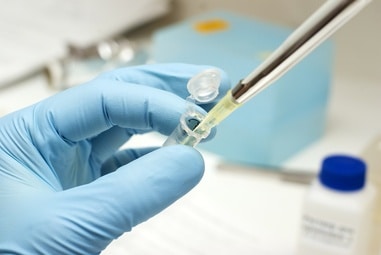Description
Increasingly, pharmaceutical and biotechnology companies are regarding the preclinical stage of drug development as the most crucial when considering where to focus their R&D investments. Ten years ago, the dream was to use automation to develop and screen millions of compounds. This approach has not entirely panned out. Now, the focus is on improving understanding of animal models of disease, and animal modeling of human toxicity, pharmacokinetics, and pharmacodynamics. Discovering that a drug candidate has unfavorable toxicity properties before clinical trials have started can save untold millions. Yet many drugs continue to fail only after these clinical trials have been carried out, requiring enormous costs of time and money.
While the clinical stage is too late to discover that a drug is doomed to fail, earlier stages of the drug discovery process (synthesis, screening and lead optimization) have not produced the rewards that past investments in automation and other technologies hoped to achieve. Thus, despite many complexities, the preclinical stage is the optimal place to introduce new technologies and new methods in efforts to make the overall process better.
In Transforming Preclinical Research: New Approaches in Translational Science, SDi provides detailed information on the new trends, new methods, and new analytical technologies that are being applied to these challenges in drug discovery. In addition to background information on and analysis of the preclinical market, the report presents valuable market research on the analytical technologies most important to the preclinical stage of drug development. This includes information on market sizing and forecasts, market shares of vendors, geographic and end-user segmentations and forecasts, and an analysis of the competitive landscape.









